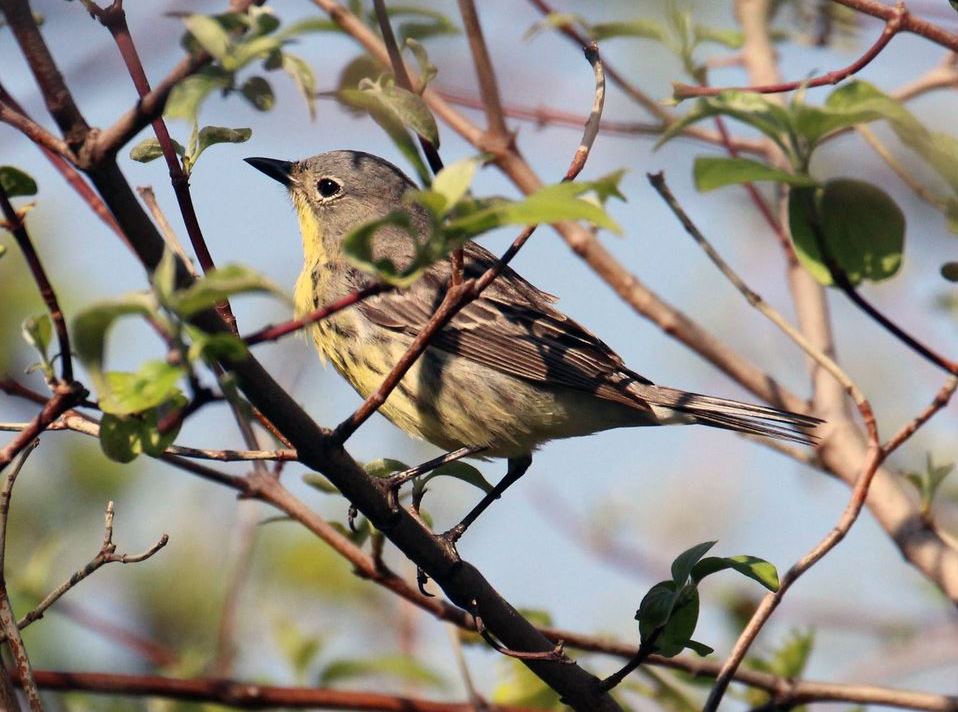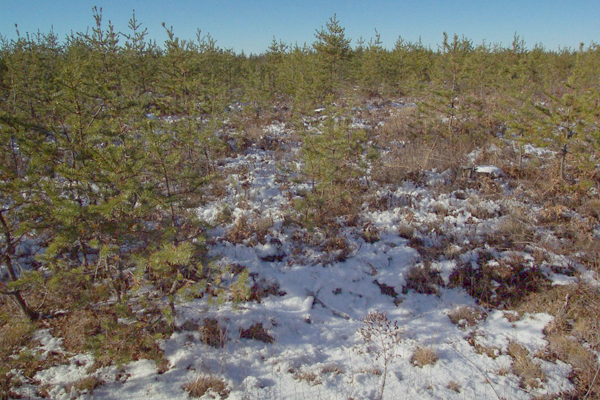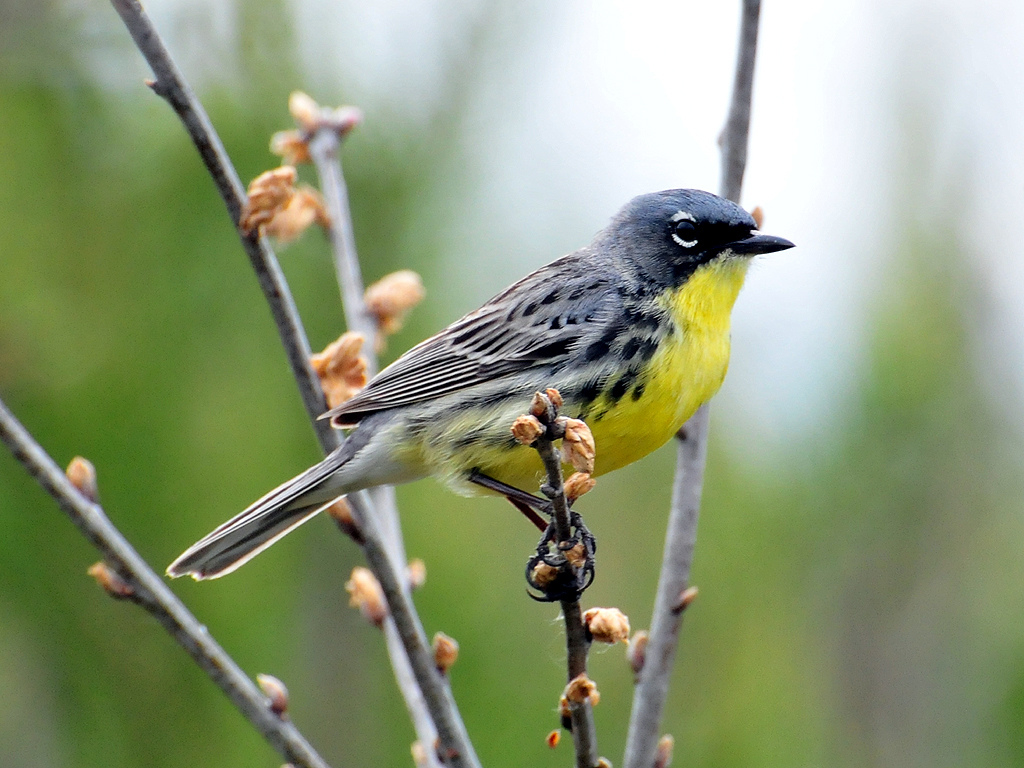The small songbird, also known as the jack pine warbler, is an endemic species in the young jack pine forests of Michigan, Wisconsin and Ontario. Kirtland’s Warbler (Setophaga kirtlandii) was one of the first species placed on the list of endangered species in 1966. Fifty years ago, it was on the verge of extinction. Today we are happy to report that it is another species that has recovered to such an extent that it can be removed from the list of endangered species.

There were so few individuals in the 1950s that scientists did not expect such a critically endangered species to recover so well. Less than 20 males were counted, according to the Detroit Free Press. In 1971, Science Magazine informed that the population of the Kirtland’s warbler had risen slightly, namely 201 males lived on the Michigan Peninsula. After fifty years of efforts to preserve the small songbird population, it has grown to beautiful 2,383 individuals.
Unique Habitat
Wildfires which are devastating to many species, in this case, have helped to recover the 14-centimeter songbirds. The warblers require a unique habitat, as FWS explained:
„Historically, wildfires were the most important factor for establishing the natural jack pine forests that Kirtland’s warblers need for breeding habitat. Modern wildfire suppression greatly diminished the natural disturbance that once generated Kirtland’s warbler breeding habitat. In the absence of wildfire, land managers had to take an active role in mimicking natural processes that regularly occurred within the jack pine ecosystem. This is primarily done through large-scale timber harvesting and human-assisted reforestation.”

Endangered Species Act Weakened
Brown-headed cowbirds, unfortunately, threaten the warblers, and are under the Forest Service control. Trump’s administration weaks the Endangered Species Act, as expressed Noah Greenwald, Center for Biological Diversity Endangered Species Director:
“This success story highlights the danger of the Trump administration’s efforts to cripple laws protecting our wildlife and natural landscapes. Without the Endangered Species Act, the Kirtland’s warbler might have vanished forever. Many other species will disappear if we don’t stop Trump’s efforts to gut conservation policies.”

The Kirtland’s Warbler, with its 14 centimeters, is the largest of the numerous Setophaga warblers. Since the mid-19th century at least it has become a restricted-range endemic species. Almost the entire population spends the spring and summer in Southern Ontario or the northeastern Lower Peninsula of Michigan in their breeding range and winters in The Bahamas. A small population breeds in Wisconsin.
Source & credit: https://www.ecowatch.com/fat-bear-week-katmai-park-2640911327.html,wikipedia.org,flickr.com















